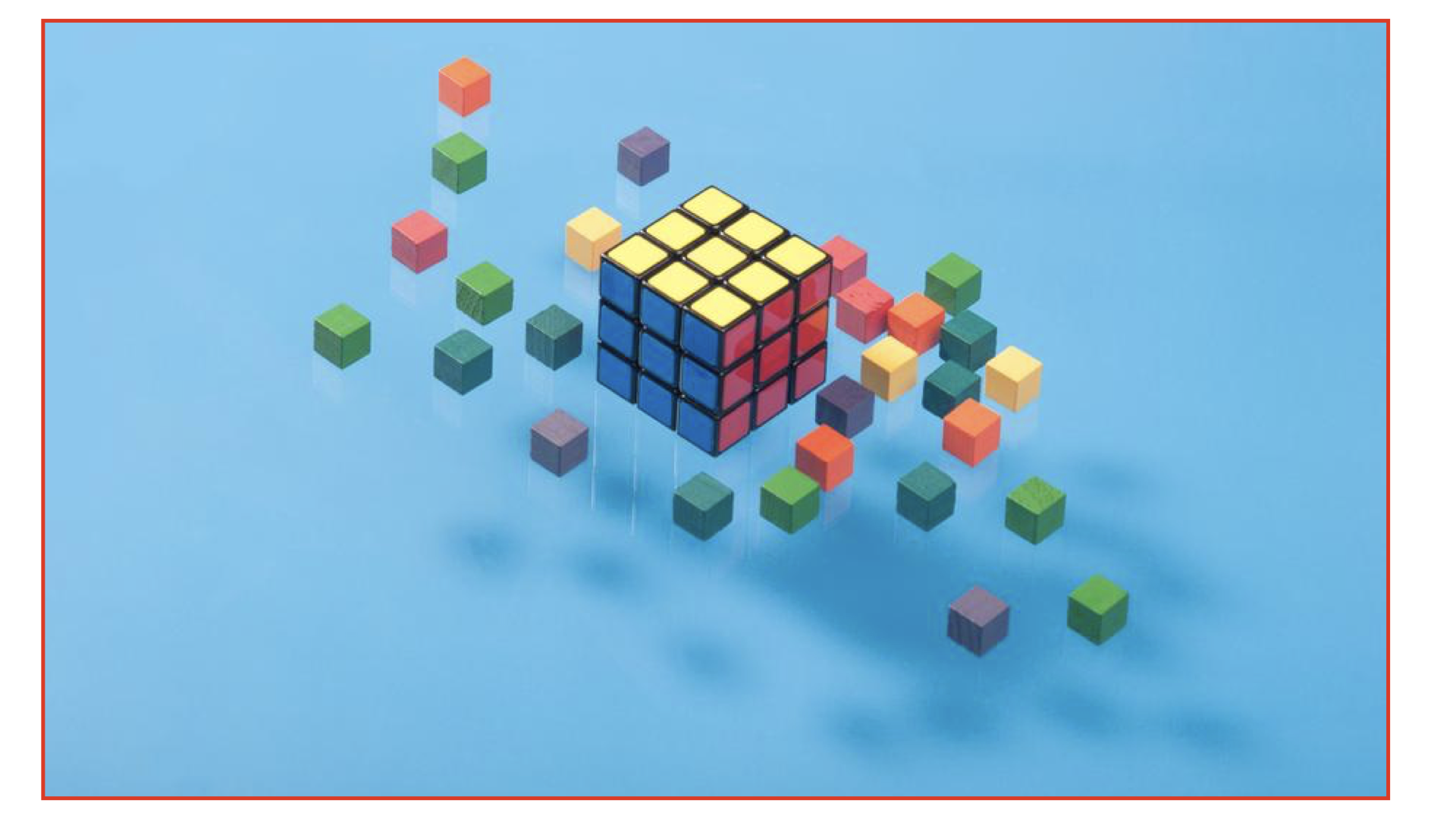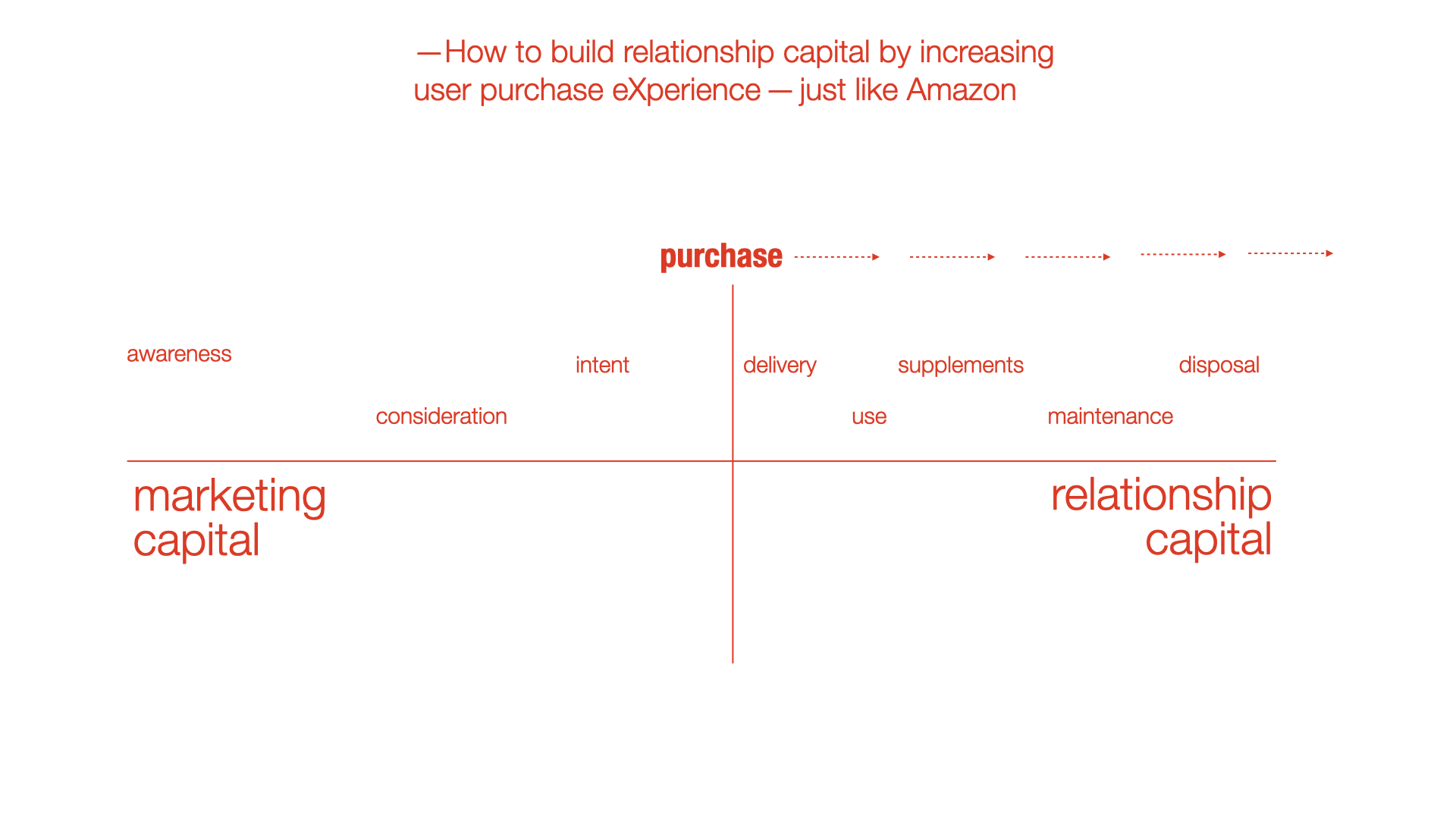Monetization Law Number #16
Usage data enables you to build a relationship highway to your customers
The more you get to know your customers the better you can help achieve their goals.
The better your customers achieve their goal, the better your pricing and monetization outcomes
This chapter explains the value of leveraging usage metrics, interactions and touch-points to improve your monetization.
The Rule provides a quick monetization heuristic i.e. a rule of thumb in operation, a kind of —do this— and you’ll be 80% of the way there.
Rationale explains why the rule works with deeper insights and its use in practice.
Rabbit hole provides more in-depth resources and recommendations for anyone wanting to spend more hours researching each topic.
⓵ Rule 📖
⓶ Rationale 🧠
⓷ Rabbit Hole 🐇
⓵ Rule: Monetization Law #16 📖
Udage Information
Collect as much user information as is legally and logistically possible.
⓶ Rationale: Monetization Law #16 🧠
Relationship Information
The more information and insights you can gather into your customers the better the service you can offer.
The better service you can offer, the more you can charge.
The more you can charge, the better your monetization…..
Relationships lead to better understanding
The buyer experience cycle, derived from the Blue Ocean Strategy is an excellent way to look at relationship building.
Before this, many saw the buyer journey in terms of awareness consideration, intent, purchase - i.e. marketing focused.
The buyer experience cycle looks forward.
The cycle stages:-
Purchase, Delivery, Use, Supplements, Maintenance, Disposal - takes the contrarian view to the previous model, by asserting that the relationship begins at the purchase point as opposed to the purchase being the end of the courting.
This is the fundamental value proposition of your relationship capital.
⓷ Rabbit Hole: Monetization Law #16 🐇
The never-ending customer journey
The new success metric can now be seen not in terms of just the ability to attract the customer, but retain and remain a loyal partner in customer’s success.
The business model shifts from buy to lease, and from lease to rent has driven the relationship paradigm to that of a concierge landlord ensuring that all tenants are satisfactorily benefitting from the well maintained and frequently upgraded property.
In doing so, the landlord can gather data freely from the customer to improve the overall property for all tenants.
This flywheel of data, driving decisions, and development ensure that the willing landlord increases the asymmetric capital value at every cycle.
The inverted future funnel
The funnel concept [acquisition, retention, monetization] has dominated many a startup scaling for the last decade.
However, many believe that the inverted funnel with monetization driving retention and then happy customers driving increased acquisition will be the future model, particularly with the cost of acquisition, reaching all-time highs in 2020.
'AARRR'
'AARRR' pirate metric approach to marketing has been the method of choice of most digital marketers for over a decade.
AARRR translates to Acquisition, Activation, Retention, Referral, and Revenue.
First proposed by Dave McClure - angel investor and founder - the method reasoned that following these key steps could super-charge your startup or enterprise. First, let's briefly explain each term.
Acquisition describes how people find you and eventually turn into customers.
Activation is when your customers first experience your product, this could be at the acquisition stage and beyond the use of the product.
Retention focuses on how many of the activated customers stay and the reasons why others leave.
Referral drives growth. Turning your customers into advocates and advocates into ambassadors.
Revenue. Making money. Optimizing the making of money and increasing revenue potential. In other words, monetization.
This was the way. The accepted. Yet the breakaway to the new approach has begun. Monetization first!
A new way?
The way of the startup is no longer always viable.
Pandemic aside, the willingness to fund the web 2.0 era of; growth today, revenue tomorrow is receding in the face of a reduction in the winner takes all prospects currently available.
In its stead has formed a monetization movement.
Monetization should be part of the business model thinking from the get-go rather than being an afterthought. Monetization can drive acquisition and retention.
The platform funnel schematic illustrates the growing trend from limited platforms i.e., limited in number to a mass of platforms. Limited platforms of the past - newspapers, television and social media behemoths et al. controlled the dialogue and reached mass audiences.
Today’s landscape demonstrates a large number of platforms that have razor-sharp targeted outreach.
A tribe. A monetizable group of customers willing to pay for a targeted product.
The trend is part of the inversion from large to small, broad to a niche.
Hence, monetization has pushed to the forefront in tune with the reduction in vanity growth metrics being the arbiter of success.
Businesses with as small a subscriber base as 10,000 can turn over a million per annum at just $10 per month.
To put this into context, the ‘Information’ - a tech media/news company that has a few thousand members paying $399 per annum and Sinocism - a china based daily newsletter, has over 30,000 members at $15 per month.
Relationship Highway; Amazon - the new normal
The success of Amazon is an example of building a relationship highway with customers.
Initially starting as a replacement for bricks and mortar booksellers, it operated in much the same way, an outlet for a customer to buy a book.
From this point, it started to build a relationship highway. Account details, previous purchases, location, frequency, spend, and more details were offered up by the customer.
Amazon then started to partner with its customer by offering highly relevant book suggestions, increased value offerings, and different ways to enjoy the books via audio and e-reader, allowing customers to read, annotate and save sections of books.
Finally, partnering the customer in their delivery woes, via prime. End to end the relationship now fully consummated.
🐇 Additional Research 🐇
The Everything Store is superb. Forget customer-focused, that won’t cut it at Amazon or the new titans of the digital economy.
Try customer-obsessed!!!







